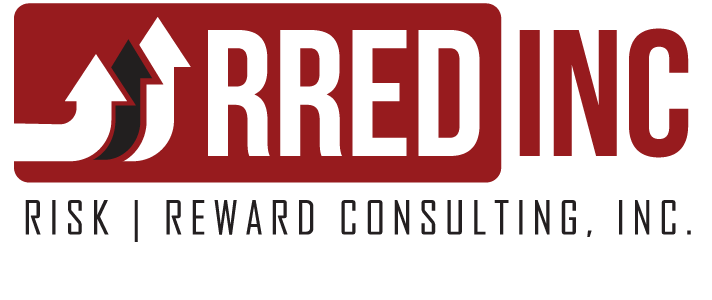
Commercial Carrier Journal recently published an article (July 6, 2016, James Jaillett) that truck driver turnover frequency has “tumbled” as freight volumes have weakened in 2016.
We certainly are glad to see that fewer drivers are leaving their motor carrier positions. However, this is the wrong reason for this trend to be in the right direction — freight is down and the idle drivers have nowhere else to go.
As history repeats itself, this is not the first or the last time freight rates and volumes will be low causing drivers to leave the industry, and/or your company. Too many are on the sidelines causing a driver ‘surplus’.
Naturally this will leave you with a significant capacity shortage problem when shippers begin to have greater needs as the economy improves. As you try to draw back available drivers they will have the edge on demands for their benefits, rates, working conditions and overall attitude.
Anyone else see the red flag waving?
So back to the temporary ‘surplus’ of drivers. Someday soon, the imaginary switch will flip and freight volumes will increase almost overnight without warning — and the driver turnover/retention crisis will become real again. Motor carriers will scramble to get enough drivers to handle the increase in loads.
Ah, but I have a strategy to recommend to you to manage the problem for great results. There are very few motor carriers that keep their drivers and have turnover in the 20-30% range. Why?
It’s very simple to understand, but for most motor carriers very hard to accept and to execute. The Answer: Create an intelligent driver retention system now. Coincidentally, that’s the title of my new book just published.
While you have time to work with your operations, safety, recruiting and other key employees that come in contact with drivers, now is the time to give attention strengthening your driver pool.
Enter the DRIVERS ARE FIRST culture that you will need to have in place to attract and keep drivers. Stabilize your organization’s greatest asset and create an advantage over the competition well before shipper demand significantly increases.
With an abundance of trucks and loyal drivers, your available capacity not only strengthens your relationships with your existing customers, you become a destination carrier for new customers looking for reliable capacity when others don’t have the infrastructure to keep up with demand.
When the CEO of a motor carrier company decides enough is enough with the revolving door of driver turnover, then he and his team (described above) should roll up their sleeves, be honest with what needs to change and get ready to adopt a “next practices” strategy that will attract drivers for reasons other than sign-on bonuses, loyalty rewards or other temporary relief programs.
For all motor carrier owners, CEOs, COOs and their management teams, the key is to wake up and stop doing what you have always done and expect different results.
It’s time for straight talk on a tough topic. It’s time to learn how to adopt a new framework of culture change to shake things up.
Less than 5% of motor carriers will do anything to make real change. Do you want to be one of them?
Motor carrier executives: If you would like a complimentary copy of my book: How to Create an Intelligent Driver Retention System (limited number available) or are interested in learning more about a training and certification program that helps key personnel of motor carrier companies put the concepts of this book into practice, resulting in an executed recruiting and retention system that not only works, but lasts, email me at norris@rredinc.com or connect with me on LinkedIn.





